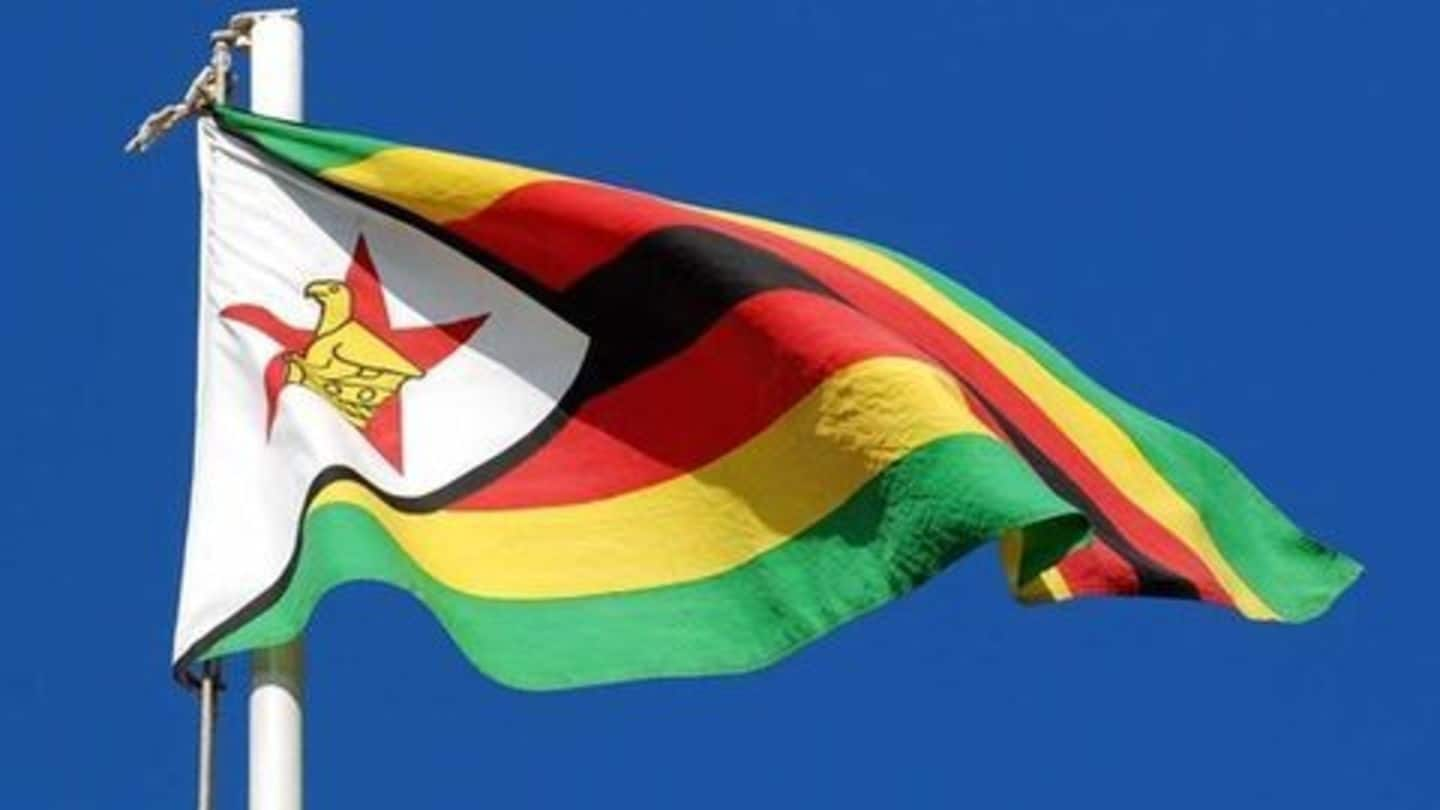
Zimbabwe announces currency trade-in for US dollars
What's the story
Zimbabwe's central bank announced that it will exchange US dollars for the local Zimbabwean dollars.
This was a step to phase out the local currency. Local dollars have not been in use after the abandonment of Zimbabwean dollar in 2009 for a multi-currency system.
From 15 June, Zimbabweans can exchange bank accounts of up to 175 quadrillion (175,000,000,000,000,000) Zimbabwean dollars for 5 US dollars.
7 Feb 2007
Zimbabwe’s soaring inflation
Zimbabwe had been tormented by a declining economy and quality of life, owing to recession and high inflation.
The trigger of the crisis, hyperinflation, reached an annual rate of 1281% .
Hyperinflation had bankrupted the government and destroyed the country's factories and farms.
The government had refused to devalue Zimbabwe's dollar which fetched only 5-10% of its official value on the black market.
9 Oct 2008
Zimbabwe’s inflation hits 231,000,000%
The official inflation rate of Zimbabwe rose to 231,000,000%. Economists have estimated that it will run into trillions.
This forced the government to allow shops to start accepting US dollars and South African rand.
The new currency introduced by the Central Bank, by removing 10 zeros from the national currency was of no help. Its value too, fell rapidly.
Definition
What is Hyperinflation?
Hyperinflation is when the prices of most goods and services skyrocket, usually more than 50% a month. The first country to hyperinflate in the 21st century is Zimbabwe. In 2008, a loaf of bread costed 1.6 trillion Zimbabwe dollars.
Dec 2008
Hyperinflation and its causes
In March 2007, Zimbabwe's inflation rate crossed 50% a month. The reasons behind hyperinflation were three-fold
President Mugabe's land reforms took land from white farmers and redistributed to the black population. This led to collapse in output.
Zimbabwe's involvement in Congo's civil war led to budget deficits.
Central Bank was forced to print money to fund the deficits. More money caused more inflation.
Dec 2009
Zimbabwe abandons its currency
Zimbabwean government announced that it will allow business to be conducted in other currencies. The country has stopped printing its currency.
The decision was an effort to tame the runaway inflation which left the Zimbabwean dollar almost worthless.
The multi currency in use includes: US dollar, South African rand, the euro and British pound among others.
Dec 2014
Zimbabwean economy on the path of recovery
After the hyperinflation spiral, Zimbabwe took to using multi-currency. Though the problems of inflation prevailed, the economy became much more stable.
The inflation rate steadily declined over the years post 2009. In 2014, IMF projected inflation to be as low as 0.2% for the year.
President Mugabe assured that the economy was on a recovery path after the government's measures to guarantee economic resurgence.